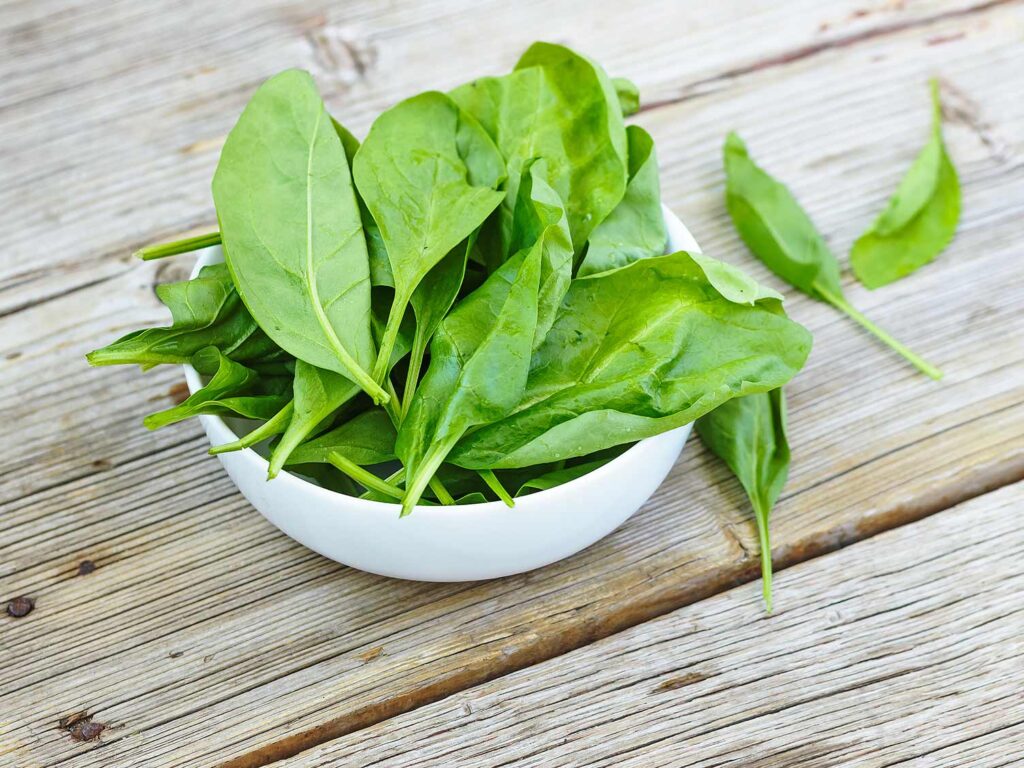
Spinach Home Remedies-Spinach Health Benefits
SPINACH
SPINACH USED FOR HEADACHE
- Magnesium content: Spinach is a good source of magnesium, an essential mineral that plays a role in nerve function and blood pressure regulation. Low levels of magnesium have been associated with an increased risk of headaches, including migraines. Consuming foods rich in magnesium, such as spinach, may help regulate blood flow and potentially reduce the frequency and intensity of headaches.
- Hydration: Spinach has a high water content, which can contribute to overall hydration. Dehydration is a known trigger for headaches in some individuals. Ensuring proper hydration by consuming hydrating foods like spinach can help prevent headaches caused by dehydration.
- Nutrient profile: Spinach is packed with various vitamins, minerals, and antioxidants that support overall health. While no specific nutrient in spinach has been proven to directly alleviate headaches, consuming a balanced diet that includes spinach can provide essential nutrients that contribute to overall well-being and potentially help manage headache triggers.

SPINACH USED FOR HOME
- Salads: Fresh spinach leaves can be used as the base for salads, either on their own or mixed with other greens. Spinach adds a vibrant color and a mild, slightly earthy flavor to salads. You can pair it with a variety of toppings such as vegetables, fruits, nuts, seeds, cheese, and dressings.
- Sauteed or Stir-fried: Spinach can be quickly sautéed or stir-fried as a side dish or ingredient in various recipes. Heat a little oil in a pan, add minced garlic or onions, and cook until fragrant. Then add washed and trimmed spinach leaves, season with salt and pepper, and cook until wilted. Sautéed spinach can be enjoyed as a simple side dish or added to pasta dishes, rice dishes, omelets, or stir-fries.
- Soups and Stews: Spinach can be added to soups, stews, and curries for extra nutrition and flavor. It works well in vegetable soups, lentil soups, chicken soups, and various ethnic dishes. Simply add washed and chopped spinach leaves to the simmering broth or stew, and cook until wilted and tender.
- Smoothies: Spinach is a popular addition to green smoothies. Its mild taste blends well with fruits like bananas, berries, and mangoes. Adding a handful of spinach leaves to your smoothie can boost its nutritional value by providing essential vitamins, minerals, and antioxidants.
- Pasta Dishes: Spinach can be incorporated into pasta dishes like lasagna, stuffed shells, and pasta salads. You can blanch the spinach briefly in boiling water, drain, and chop it before adding it to the recipe. The spinach adds color, texture, and nutrients to the dish.
- Wraps and Sandwiches: Spinach leaves can be used as a healthier alternative to lettuce in wraps and sandwiches. They add a fresh and crisp element to the sandwich while providing additional vitamins and minerals.
(Visited 52 times, 1 visits today)


